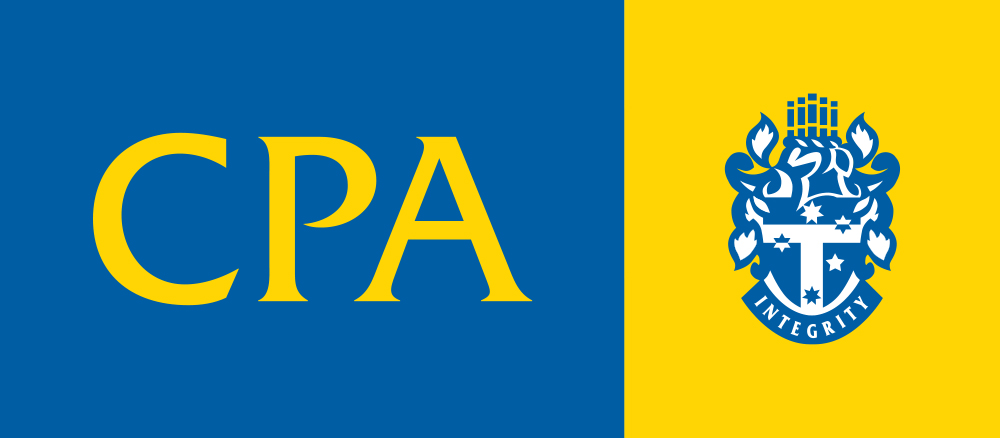Tax Benefits of SMSF Property Investment
Self-Managed Super Funds (SMSFs) are a popular option for Australians looking to take control of their retirement savings. One of the key benefits of an SMSF is the ability to invest directly in property. When done correctly, SMSF property investment can offer significant tax advantages while helping you build wealth for retirement. This guide explores the potential benefits and key considerations of using an SMSF to invest in property.
Claiming Tax Deductions
An SMSF can claim tax deductions on expenses related to the investment property, such as:
- Loan interest payments
- Property management fees
- Maintenance and repairs
These deductions reduce the taxable income of the SMSF, leading to lower tax obligations.
Capital Gains Tax Concessions
If the SMSF holds the property for more than 12 months, it qualifies for a discount on capital gains tax (CGT) when the property is sold. Additionally:
- During the accumulation phase, CGT is reduced by 1/3.
- In the pension phase, CGT on the sale of assets is eliminated entirely.
Building Wealth Through Mortgage Repayments
Using SMSF funds to pay down the mortgage on a property allows the fund to accumulate wealth faster. Rental income generated by the property also goes directly into the SMSF, further boosting retirement savings.
Key Considerations – Strict Investment Rules and Regulations:
Sole Purpose Test
SMSF property must solely serve the purpose of providing retirement benefits to members. This means:
- You cannot live in or rent the property to yourself or related parties.
- The property must align with the fund’s investment strategy.
Borrowing Restrictions
While SMSFs can borrow to purchase property through a Limited Recourse Borrowing Arrangement (LRBA), there are strict regulations around borrowing limits and loan structures.
Property Selection and Management:
Choosing the Right Property
Selecting an investment property that fits the SMSF’s long-term goals is crucial. Consider factors such as:
- Location and demand
- Rental yield
- Potential for capital growth
Trustee Responsibilities
SMSF trustees are responsible for managing the property, which includes:
- Ensuring compliance with SMSF laws
- Maintaining the property and handling tenant issues
Upfront and Ongoing Costs:
SMSF Setup and Management
Setting up and maintaining an SMSF involves costs such as:
- Establishment fees
- Annual audit and compliance costs
Property-Related Expenses
Purchasing, maintaining, and selling SMSF property comes with additional expenses, including:
- Stamp duty
- Legal fees
- Property maintenance and upgrades
Exit Strategies:
Accessing Returns in Retirement
In retirement, SMSF members can access the returns on property investments through:
- Rental income, which supports a pension
- Selling the property, with proceeds going to fund member benefits
Selling SMSF Property
Consider future market conditions and potential tax implications when planning to sell an SMSF property. Ensure that the sale aligns with the fund’s investment strategy and retirement goals.
Is an SMSF Property Investment Right for You?
While SMSF property investment offers significant tax benefits and wealth-building opportunities, it also comes with responsibilities and risks. Before proceeding, weigh the advantages against the costs and complexities. Consulting with financial and legal professionals can help you determine if this strategy aligns with your retirement goals.
Speak to a qualified advisor to learn more about using an SMSF to invest in property. Take control of your retirement savings and explore how property investment can work for your future.



